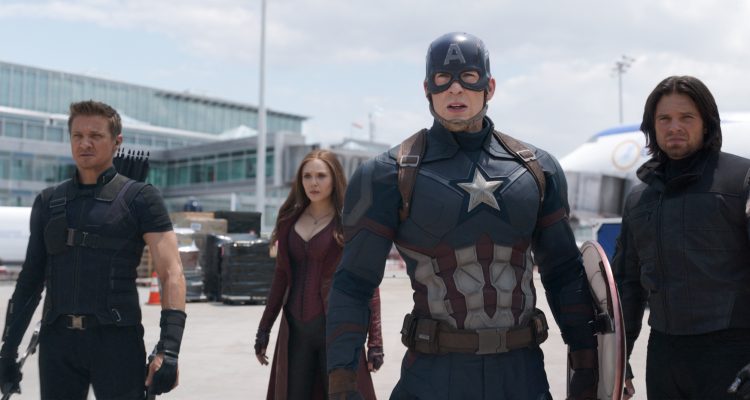In addition to making some of the most financially-successful blockbusters of all-time, the Marvel Cinematic Universe produces a lot of pretty good films. Arguably a few great ones too. They’re good at what they do. They’ve also made smart choices, both behind-the-camera and in front of it. But they still have two major issues: their indistinctive scores (which was mildly resolved in this month’s “Doctor Strange”) and their bland, often underwhelming color grading, which makes them look like “muddy concrete,” in the words of YouTube’s Patrick (H) Willems (via Collider). In his first video essay, “Why Do Marvel’s Movies Look Kind Of Ugly?,” he breaks down the process, the effectiveness, and the short history of color grading, as well as the ways Marvel can fix this glaring problem, in fascinating, detailed fashion.
READ MORE: Video Essay Explores Wes Anderson’s World Building In ‘Fantastic Mr. Fox’
First used at the top of the new millennium with the Coens’ wonderful “O Brother, Where Art Thou?,” color grading is now a staple of modern filmmaking, and an essential part of film, TV, commercials, music videos, YouTube videos, and more. High-quality digital cameras shoot extremely flat images, in order to capture as much detail as possible, making extensive color grading a necessary process to give the imagery some life. That’s what makes the untreated footage of “Mad Max: Fury Road,” for example, so spectacularly different than the final product, amongst other reasons. Following their first three movies, “Iron Man 1 & 2” and “Thor,” Marvel switched to digital with “Captain America: The First Avenger,” making color grading an increasingly important part of their workflow, but this isn’t simply a film vs. digital argument (though Williams asks Marvel to go back to shooting on celluloid, for what it’s worth, and I don’t disagree in the slightest).
Rather, because they all use the same flat, dull color grading, these movies tend not to look as vibrant and exciting as they should, especially for comic book properties. Digital photography can look amazing, Williams notes. He references “Pacific Rim” twice as a high point for other, weaker blockbusters to achieve. But because Marvel doesn’t respect a few key details, like proper black value and saturation, they keep these movies from obtaining their most dynamic visual presentation. Even “Guardians of the Galaxy,” their best-looking digital release, isn’t as good as it could look. Which is a shame, because even though they use good DPs, these movies don’t reflect their talents. “Captain America: Civil War,” for instance, is a good movie that looks like “an empty parking lot.” It’s not the camera’s fault either. The people behind the camera were the same ones that made “Mad Max: Fury Road” and “Skyfall,” and you’ll find few complaining about the look of those films. Sometimes, the digital flatness is appropriate, like in the Best Picture-winning “Spotlight.” But there are few, if zero, reasons why comic book movies should look as muted as “Sicario.”
READ MORE: Marvel’s ‘The Inhumans’ Coming To ABC In 2017, Will Premiere In IMAX Theaters
That’s where the DC movies, for all their faults, often succeed in spades. They might be dark, but they’re not presented in “muddy grey tones.” This issue might not be a permanent one, though. Next year’s “Guardians of the Galaxy 2,” for instance, promises an improvement with its first footage. Hopefully, it’s not an outlier but a small, if important step toward fixing a bigger problem in the MCU.

